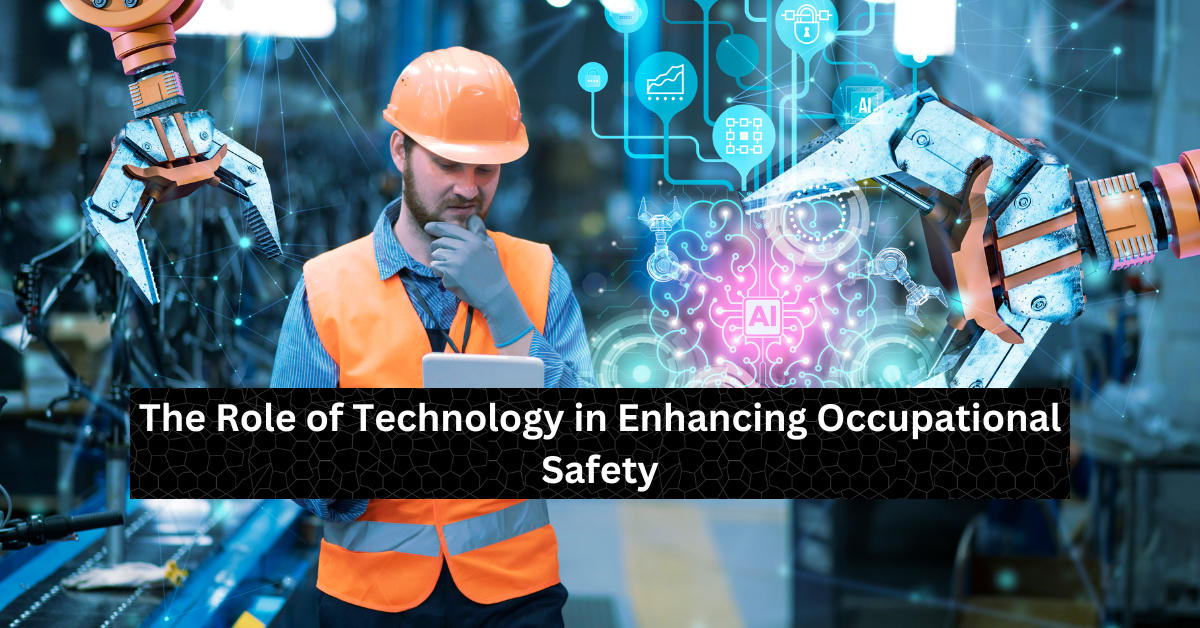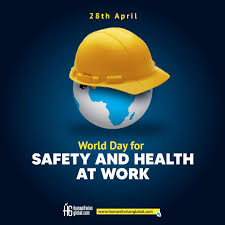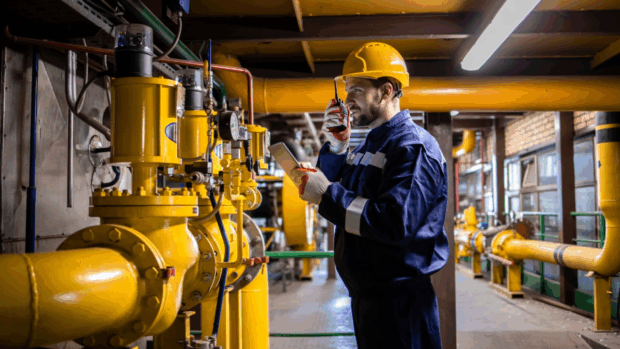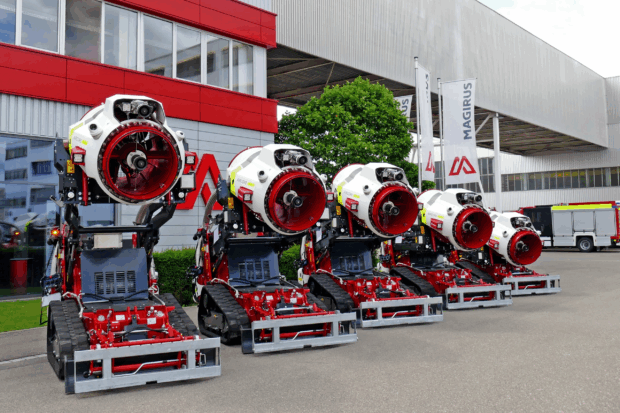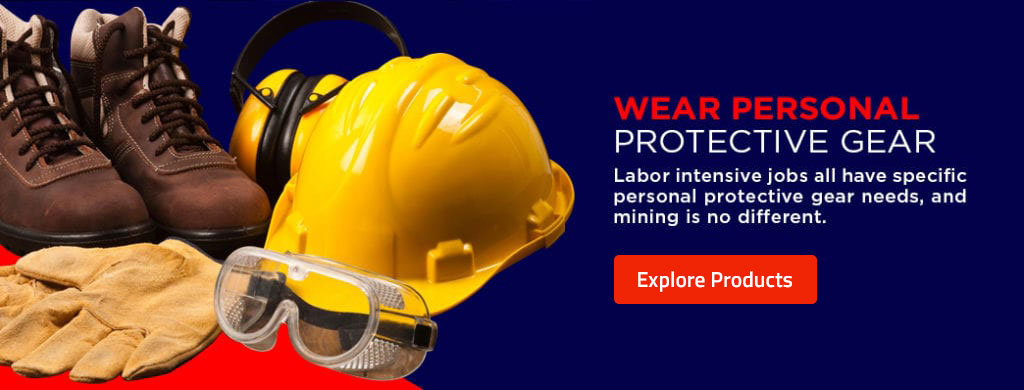Revolutionizing Workplace Safety: Emerging Technologies in Occupational Health.
The landscape of occupational health and safety (OHS) is undergoing a transformative shift, driven by rapid advancements in technology. From wearable devices to artificial intelligence (AI), these innovations are enhancing safety standards, reducing workplace accidents, and fostering healthier environments for employees. This article explores the cutting-edge technologies revolutionizing workplace safety and their profound impact on occupational health.
The Role of Technology in Enhancing Workplace Safety
Technological innovations are addressing traditional safety challenges by enabling proactive risk management, real-time monitoring, and data-driven decision-making. As industries adapt to an increasingly complex and dynamic work environment, these tools are helping organizations anticipate hazards and mitigate risks effectively.
1. Wearable Technology: Real-Time Monitoring and Alert Systems
Wearable devices are becoming an essential component of workplace safety. Smart helmets, watches, and vests equipped with sensors can monitor workers’ vital signs, detect fatigue, and even alert supervisors to dangerous conditions. These devices provide real-time feedback, allowing immediate intervention to prevent accidents.
For example, in construction and manufacturing sectors, wearables with GPS and motion sensors can alert workers to nearby machinery or hazardous zones. Similarly, heart rate monitors can detect signs of heat stress or overexertion, ensuring timely medical attention.
2. Artificial Intelligence and Machine Learning: Predictive Safety Models
AI-powered tools are revolutionizing risk management by analyzing vast amounts of data to predict potential hazards. Machine learning algorithms can identify patterns in workplace incidents, helping organizations implement preventive measures before accidents occur.
For instance, AI can analyze data from previous incidents, safety audits, and environmental factors to predict areas of high risk. This predictive capability not only enhances safety but also minimizes downtime and associated costs.
3. Virtual Reality (VR) and Augmented Reality (AR): Immersive Training Solutions
Effective safety training is critical for reducing workplace accidents, and VR and AR technologies are taking this to the next level. These tools provide immersive, hands-on training experiences in a controlled, virtual environment.
Workers can practice responding to emergencies, such as chemical spills or equipment malfunctions, without exposure to real hazards. AR overlays, meanwhile, can provide real-time instructions and hazard warnings directly within the worker’s field of view, improving situational awareness and decision-making.
4. Internet of Things (IoT): Smart Workplaces
The IoT is creating connected environments where devices and sensors communicate seamlessly to enhance safety. Smart workplaces equipped with IoT devices can monitor environmental conditions, such as air quality, temperature, and noise levels, in real time.
For example, in mining or chemical plants, IoT-enabled sensors can detect gas leaks or changes in air quality and trigger automated alarms. This ensures that workers are quickly evacuated from dangerous areas, reducing exposure to harmful substances.
5. Robotics and Automation: Reducing Human Exposure to Risks
Robotic systems and automation are increasingly being deployed to perform high-risk tasks, minimizing workers’ exposure to hazardous conditions. Robots can handle tasks such as heavy lifting, toxic material handling, and working in extreme environments.
In addition, collaborative robots, or “cobots,” are designed to work alongside humans, further enhancing efficiency and safety in industrial settings.
6. Big Data and Analytics: Insights for Informed Decision-Making
Data analytics is a game-changer for OHS. By collecting and analyzing data from multiple sources, organizations can gain valuable insights into workplace safety trends. These insights inform the development of targeted safety interventions and compliance strategies.
For example, data analysis can reveal patterns in near-miss incidents, enabling companies to address underlying issues before they escalate into serious accidents.
Challenges and Considerations
While the integration of technology in OHS offers numerous benefits, it also presents challenges. Privacy concerns, implementation costs, and the need for employee training are critical factors to address. Ensuring that technologies are user-friendly and do not overburden workers is essential for their successful adoption.
Additionally, organizations must balance technological innovation with human oversight, as over-reliance on automation could lead to complacency and unforeseen risks.
The Future of Workplace Safety
As technology continues to evolve, the possibilities for enhancing workplace safety are boundless. Emerging innovations such as blockchain for safety compliance tracking, drones for remote site inspections, and AI-driven mental health support systems are poised to further revolutionize the field.
Organizations that embrace these advancements and prioritize worker well-being will not only achieve compliance but also foster a culture of safety and trust, driving productivity and employee satisfaction.
Conclusion
The integration of emerging technologies into occupational health and safety practices is transforming the way organizations protect their workforce. By leveraging tools like wearables, AI, and IoT, businesses can create safer, healthier, and more efficient work environments. As these technologies continue to evolve, they will play a pivotal role in shaping the future of workplace safety, ensuring that employees thrive in every aspect of their professional lives.



